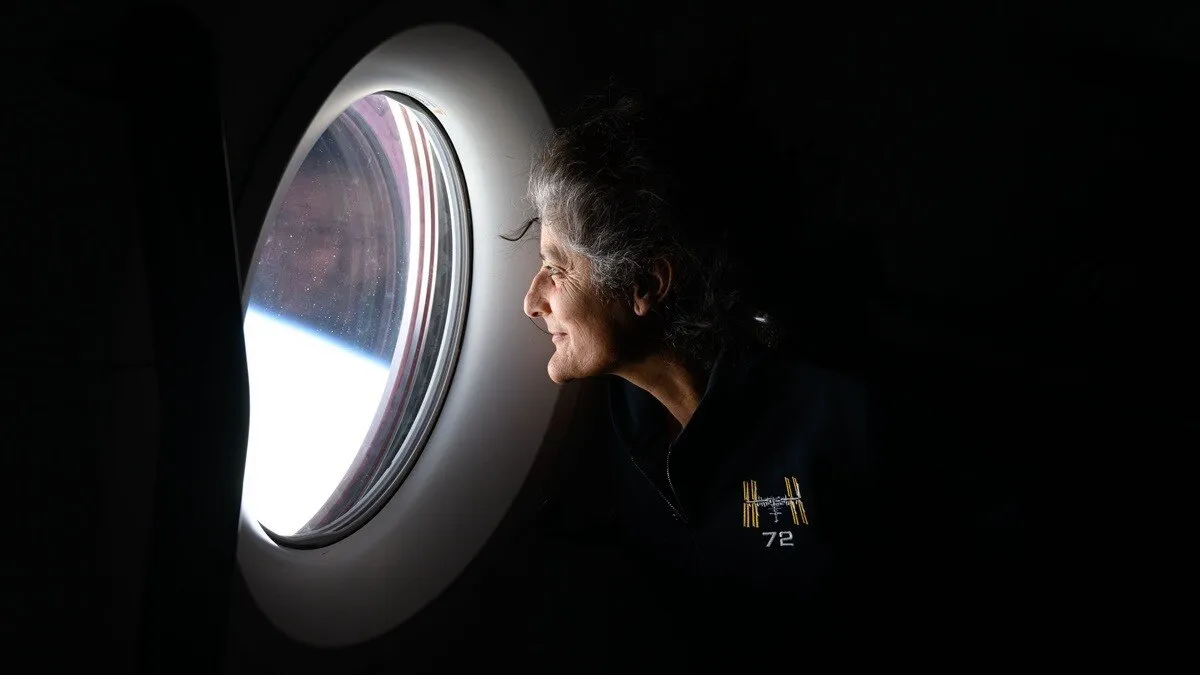Sunita Williams Health: Exploring Sleep Patterns on the International Space Station

NASA's Innovative Research on Astronaut Sleep
Nasa astronaut Sunita Williams is participating in groundbreaking research to monitor sleep patterns in space using cutting-edge technology. As spaceflight is known to disrupt sleep-wake cycles, understanding and mitigating these effects is crucial for astronaut health and mission success.
Williams wears an Actiwatch Spectrum, an advanced wrist-worn device that represents a significant upgrade from previous sleep monitoring technology used on the ISS. This sophisticated gadget contains an accelerometer to measure motion and photodetectors to monitor ambient lighting, providing comprehensive data on sleep duration and quality.
The importance of this research can be understood by findings from earlier missions, which revealed that crew members slept significantly less during spaceflight compared to pre- and post-mission periods. The Actiwatch Sleep-Long investigation discovered a link between sleep deficiency and changes in circadian patterns during spaceflight.
Testing Wearable Technology for Enhanced Health
Building on these findings, Nasa is now testing innovative lighting systems to address the disruptive effects of spaceflight on the body's natural 24-hour light and dark cycle. These interventions aim to help astronauts maintain healthy circadian rhythms, which are crucial for overall well-being and performance in the challenging space environment.
In addition to the Actiwatch, Williams is also testing a lightweight vest embedded with sensors as part of the Wearable Monitoring experiment. This vest tracks heart rate and breathing patterns during sleep without disturbing the wearer, offering valuable insights into how changes in heart activity might affect sleep quality.
Initial results from the wearable vest study have been positive, with researchers reporting good quality of recorded signals. This suggests that the vest could play a significant role in comprehensive health monitoring during future spaceflights and in certain terrestrial settings.
These ongoing studies are vital for developing effective countermeasures to improve sleep for crew members, ultimately enhancing alertness and reducing fatigue during space missions. As Nasa prepares for longer-duration missions, including potential trips to Mars, understanding and optimizing astronaut sleep patterns will be crucial for mission success and crew health.
Disclaimer: The information provided on this site is for informational purposes only and is not intended as medical advice. We are not responsible for any actions taken based on the content of this site. Always consult a qualified healthcare provider for medical advice, diagnosis, and treatment. We source our news from reputable sources and provide links to the original articles. We do not endorse or assume responsibility for the accuracy of the information contained in external sources.
This article was prepared using information from open sources in accordance with the principles of Ethical Policy. The editorial team is not responsible for absolute accuracy, as it relies on data from the sources referenced.